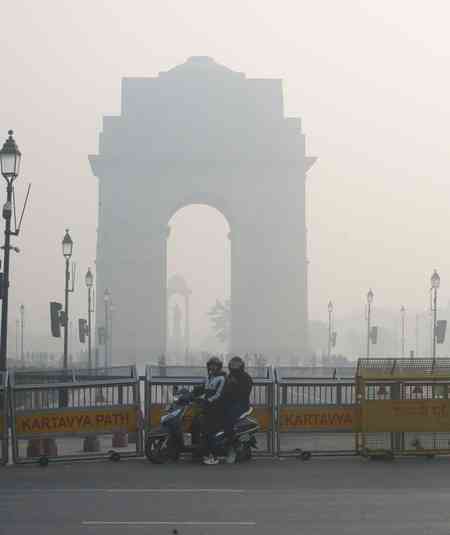Punjab’s Historic Rivers and Present Flood Challenges: A Call for United Action

By Rajat Kumar Mohindru, Journalist, Jalandhar
In the pre-Independence era, before the Partition of 1947, Punjab’s territory stretched from the Khyber Pass to Delhi. Known as the Land of Five Rivers—Sutlej, Beas, Ravi, Chenab and Jhelum—Punjab even had the mighty Sind and Yamuna flowing through parts of its expanse.
After Partition, Punjab was left with three rivers—Ravi, Beas and Sutlej—while Chenab and Jhelum flowed into Pakistan. The Ravi crosses into Pakistan a few kilometres downstream of Madhopur, while Beas and Sutlej merge at Harike Headworks, from where a small volume is diverted to Hussainiwala before both enter Pakistan.
Punjab’s Role in India’s Progress
Punjabis have long been known for their resilience, strong willpower, and hard work. Post-Independence, Punjab emerged as the country’s leading producer of wheat, filling the Central Pool and paving the way for the Green Revolution. Whenever Punjab faced natural calamities, Indians worldwide, including the diaspora, extended generous financial aid.
Floods in Punjab historically occurred in cycles of about three decades, with major floods last witnessed in 1988. This time, however, the cycle extended to 37 years. Traditionally, the Irrigation Department (now Water Resources Department) held regular flood-prevention meetings, maintained Dhussi Bundhs, and floated tenders for flood protection works, which were usually completed by June 30 each year. Heavy earth-moving machinery was also deployed year-round to keep ponds, drains and rivulets clear.
Lessons from the Past and Future Preparedness
During the 1988 floods, officers of the Irrigation Department gained practical insights. The state government could benefit from consulting them for remedies to protect low-lying areas from flash floods. Punjab needs to revive mechanical workshops, fabricate boats, and manufacture spare parts for heavy machinery in-house. Regular recruitment of skilled staff and drivers is also essential to ensure year-round clearance of drains.
Further, sand mining from riverbeds must be strictly regulated to prevent changes in river flow and damage to bridges during floods.
Recent Havoc and Relief Measures
This year’s floods devastated households, agriculture, and fertile lands, with flood-borne sand covering productive fields. The Punjab Government has announced compensation of ₹20,000 per acre and permitted farmers to sell the deposited sand. Prime Minister Narendra Modi has also sanctioned ₹1,600 crore as relief. The effectiveness of these measures now rests on the state government’s planning and execution.
Unfortunately, political leaders across parties are engaging in blame games. Instead, this is the time for unity, with all parties working together to heal the wounds of flood-affected families.
Natural Calamities and Environmental Change
Global warming, deforestation, rapid urbanisation, and infrastructure expansion are contributing to environmental instability. Cloudbursts, flash floods, and excess rainfall often compel authorities to open floodgates, endangering people living along riverbanks. These challenges highlight the urgent need for sustainable environmental planning and disaster preparedness.
(Views are personal)


 Rajat Kumar
Rajat Kumar 










